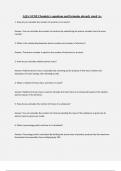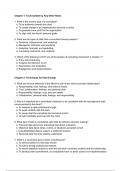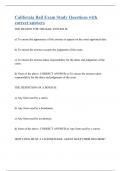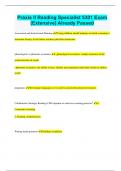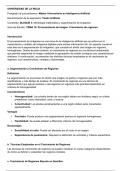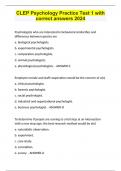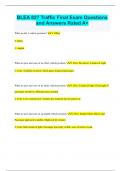Exam (elaborations)
AQA GCSE Chemistry equations and formulas already rated A+
- Course
- Institution
AQA GCSE Chemistry equations and formulas already rated A+ 1. How do you calculate the number of neutrons in an atom? Answer: You can calculate the number of neutrons by subtracting the atomic number from the mass number. 2. What is the relationship between atomic number and number of elect...
[Show more]
